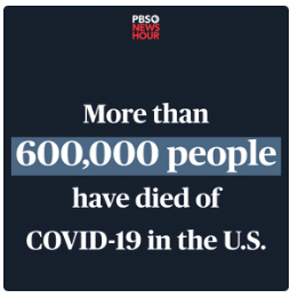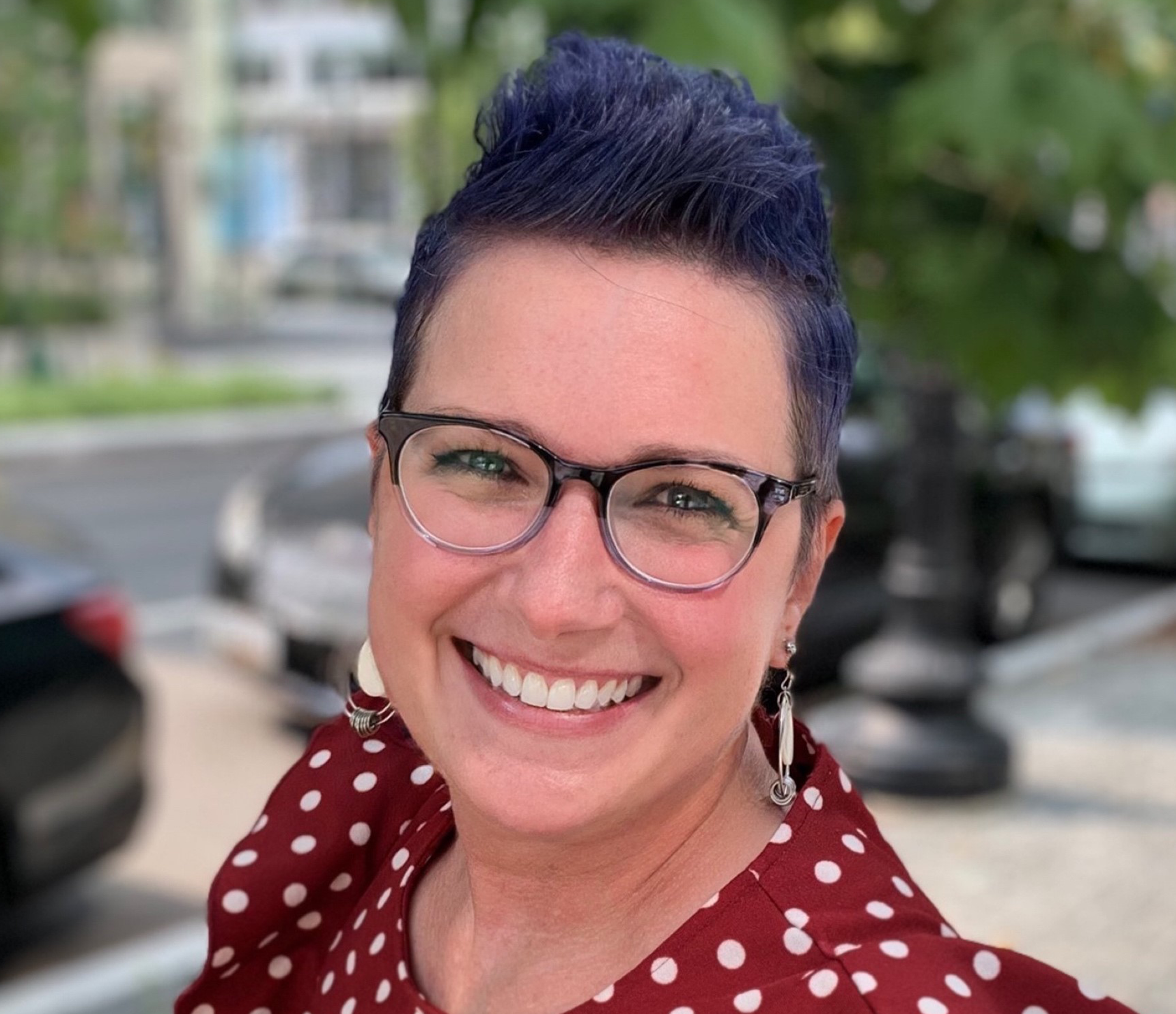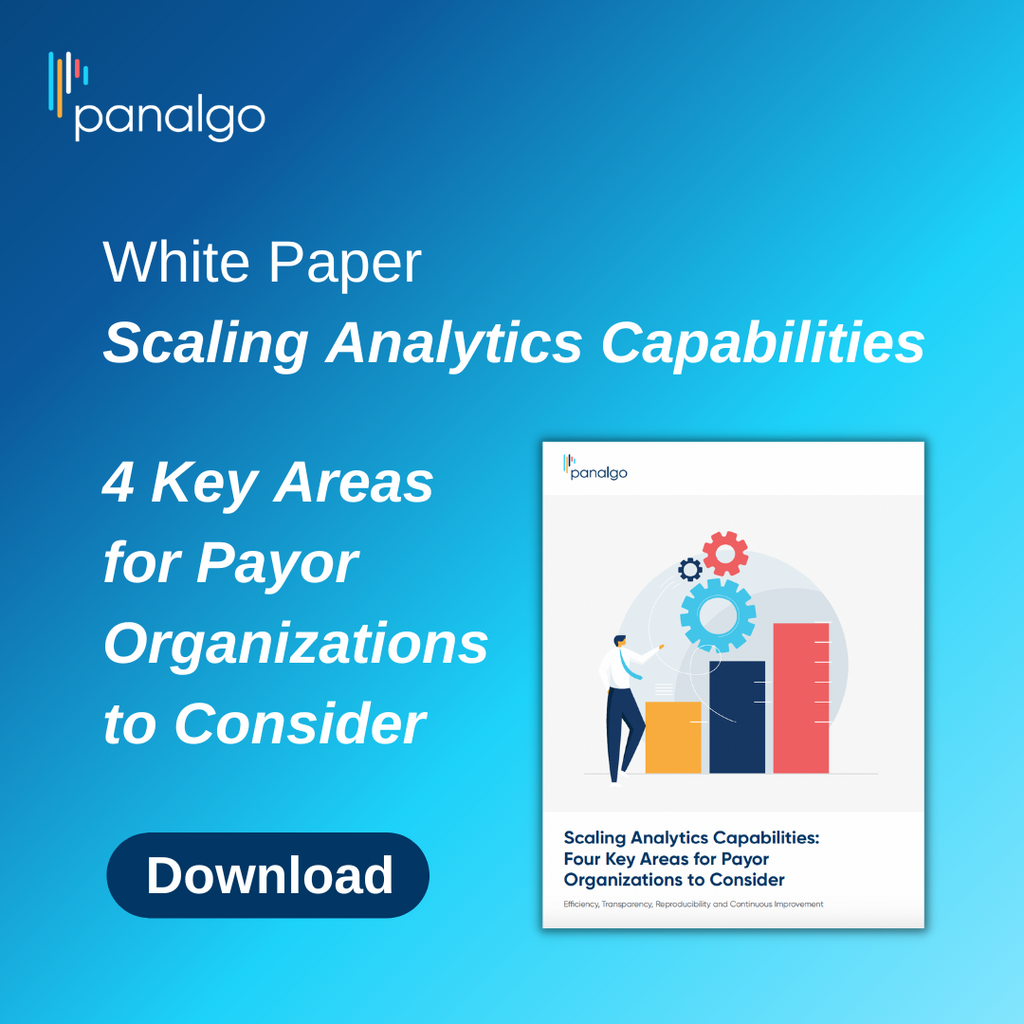How Can Manufacturers, Academia, Venture Capital Meet CRISPR’s Potential?
-
Apr 03, 2025
While CRISPR gene editing continues to hold promise, excitement around it has waned over the last couple of years due to various issues, including challenges with patient access and funding. But a reset of the approach to developing these agents, including the idea of using them as modular therapies that can be built upon for various diseases, is underway, leading to a potential turnaround within the industry, said speakers during a March 26 Endpoints Catalysts webinar.
“Gene editing once seemed primed to revolutionize medicine,” said moderator Ryan Cross, senior science correspondent at Endpoints News. “Although the science remains promising, many companies behind these genetic treatments are losing value and stepping back from some of the rare conditions that CRISPR seemed most poised to tackle.”
The biggest challenge that the gene editing arena faces is access to the therapies, said Kiran Musunuru, M.D., Ph.D., professor of cardiovascular medicine, genetics, and pediatrics at the University of Pennsylvania. He pointed to companies’ responsibilities to investors and shareholders, which motivates them to “gravitate towards larger total addressable markets, what they perceive to be the biggest therapeutic opportunities.”
This means that multiple companies tend to be working on the “same attractive opportunities” within a small amount of diseases while ignoring many ultra-rare diseases, he explained. So the main challenge “facing the field for the next five to 10 years is how do we bring the benefits of therapeutic gene editing? And there are unquestionably benefits.…If I want to drive any point home during this session, gene editing works.”
Agreeing that the technology has “such high potential,” Nicole Gaudelli, Ph.D., entrepreneur in residence at Google Ventures, stated that lowering development costs for the agents is another big challenge for the field. “It’s very expensive to make any kind of drug, but gene editing especially is very complex and requires a lot of expertise in multiple different modalities that need to come together.” To get these agents to patients, she suggested some less costly routes such as partnering with academia and looking outside the U.S. for clinical trials.
In addition, said Keith Gottesdiener, M.D., president and CEO of Prime Medicine, “the environment and the capital formation possibilities for these companies have dramatically changed.” From 2019 to 2021, the industry was flush with cash, but over the last year or two has been in “the deep pit of despair days…that’s really the problem,” he asserted.
Are More Tools Needed?
Cross noted that the gene editing toolbox has expanded over the past 10 years but wondered if more tools still were needed. The available gene editing tools — including CRISPR-Cas9, zinc finger gene editing, base editing and prime editing — are “very powerful” and should be used to “unlock other tissues and targets,” said Gaudelli. However, an “all-RNA-encoded technology for large insertions” is “the only missing tool.” Many of the available tools “require a DNA template,” she explained, but it’s much easier to deliver RNA than DNA.
“I don’t believe any toolbox is ever going to be full at any point,” remarked Gottesdiener. “That’s what science does. If you had asked people five years ago or 10 years ago, could they have foreseen where gene editing is today? Obviously not.” He maintained that what to ask is not what tools are missing but instead what capabilities are missing, a question that doesn’t produce “a particularly long list.”
While the existing tools are “great,…they could be improved,” claimed Musunuru. “But I don’t know that we necessarily need a revolutionary tool every few years.” He compared the situation to a 2006 iPhone vs. a current model: “There’s such a huge difference,” but they are “fundamentally the same thing,” with improvements being made gradually year to year, as is happening now within gene editing.
“So I’m very excited about what’s to come,” he said. “I’m not expecting some fantastic new tool to come out of left field, although it’d be great if somebody came up with one. But the tools we have now, if we just iterate and improve and figure out how to more efficiently deliver and just, in a hundred different ways, optimize and improve and be able to help every single patient, whatever [genetic] variant they have, to me, that’s the key.”
Can CRISPR Be ‘Platformized’?
Asked about “platformizing” CRISPR to speed up drug development and make it more affordable, Gottesdiener noted that at Prime, “we treat every decision for every program in the context of how is that going to move future programs forward?” With gene editing, “much of the machinery is the same from disease to disease to gene to gene,” he explained. In order to make things truly modular, “what you need to do is to make sure you don’t try to go for perfection in each disease, which is the general approach that most companies take,” but rather hitting a threshold at every stage of development.
His company developed 12 assays for prime editing with FDA feedback that it uses over and over again and “plan to be using for the next decade or so.” Putting in hard work and money early on “makes the development faster, it makes it cheaper, but just as important, it makes it much more likely to succeed,” said Gottesdiener.
The FDA, he revealed, “gets it. They have bent over backwards to try to help us come up with ways to use those modular approaches.”
“Within a certain disease, commonly we go after the most frequent variant because that’s commercially viable, but there are many other variants that are equally amenable to base editing, prime editing, what have you,” explained Gaudelli. “And it really is just changing a 20-cent guide.” But rather than approaching new targets separately, meaning redoing toxicology testing and other necessary development processes, sharing workflows and bridging experiments to connect all those variants can be used to include them all under a single investigational new drug (IND) application.
“Then it may become commercially viable because if you can bucket all those less frequent variants together under the same IND, for example, or a basket trial, [and] you’re sharing all that development cost across multiple things, well then all the economics parts make sense, and [it] makes everything viable,” she pointed out.
At Penn, said Musunuru, “we meet each patient where they are.…We look at their genetic variants, and we ask, ‘Can we come up with a quick solution to this?’” He also agreed with Gottesdiener that “you cannot let perfect be the enemy of good. You cannot insist on having a very, very, very optimized strategy for every patient who comes in because it’s just not going to be viable,” in terms of both costs and time.
Many of the patients he treats are “already very, very, very sick when they are born. And they don’t have much time if you want to actually make a difference, if you want to intervene before the damage becomes irreversible.…And so we don’t have time to find the perfect solution. And so then it really becomes a case of finding a good enough solution” using a “basic panel of editors” that can be used again and again.
Also helpful is the fact that nonviral vectors can be administered multiple times, as opposed to viral vectors that are one-and-done treatments, noted Musunuru. “So even if your therapy is not optimal, you can give it again and again, and you hope that the therapeutic effects stack, and then you might be able to do the best you can for that patient.”
This, he said, is where early gene editing companies went wrong: “spending literally hundreds of millions of dollars to make that one perfect gene editing solution, which demanded that it be given to many, many patients. Otherwise, you’re never going to get a return on investment.”
Similar to Prime, Penn is working with the FDA, which has been “very open to working with us.” The agency, Musunuru asserted, understands that with “very, very, very sick kids for whom there are no other very good options,…there’s limited time. We have to do the best we can for them, and they shouldn’t insist on crossing every T and dotting every I.”
© 2025 MMIT












